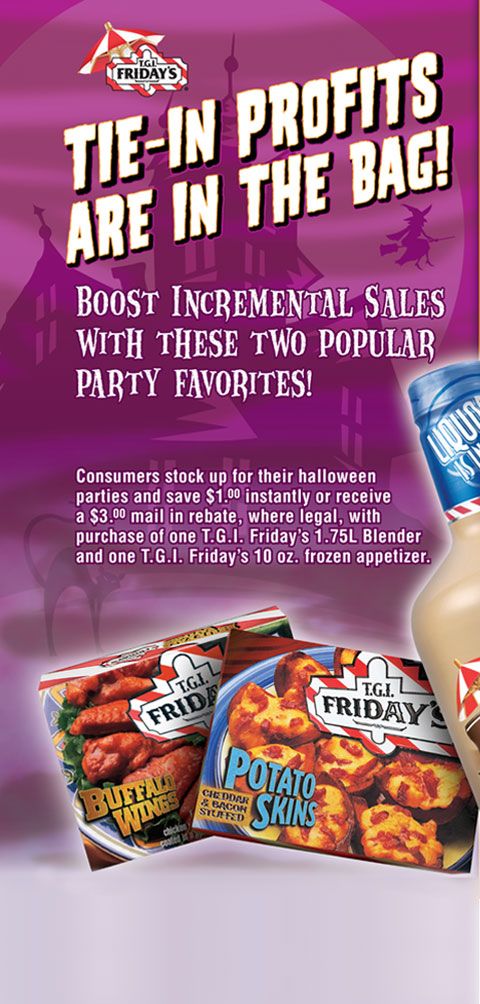Persuasive Selling Format

Okay, you're probably thinking why do we need to have communication tool that assists in the selling process to the trade. That's easy. Your selling teams need a consistent selling tool that is made for performance and the Persuasive Selling Format (PSF) is the perfect choice.

History
The Persuasive Selling Format (PSF) was developed by Procter & Gamble (P&G) in the 1980s. P&G, which is a consumer goods company known for brands such as Tide, Crest, and Pampers, was looking for a way to improve their sales and marketing efforts. They wanted a system that would help them communicate more effectively with their customers and sell more products.
To create the PSF, P&G worked with a marketing consultant named Neil Rackham. Rackham was a researcher who had studied the behaviors of successful salespeople and identified common characteristics and techniques they used to sell products.
Together, P&G and Rackham developed the PSF as a framework for creating persuasive selling messages. The PSF was based on the idea of creating a customer-centric message that focused on the benefits of the product or service being sold, rather than just the features. The PSF consisted of five key components: Summarize the Situation, State the Idea, Explain How it Works, Reinforce the Benefits, and Suggest Easy Next Steps.
The PSF was initially used by P&G in their sales and marketing efforts and proved to be very effective in improving their sales performance. It was later adopted by other companies in a variety of industries, and today, the PSF is widely recognized as a valuable tool for creating persuasive selling messages that resonate with customers.
In summary, the PSF was developed by P&G in collaboration with marketing consultant Neil Rackham in the 1980s as a customer-centric framework for creating persuasive selling messages. It was initially used by P&G and later adopted by other companies in various industries.

Other Companies Selling Format
While the PSF was originally developed by Procter and Gamble (P&G) in the 1980s it has since been adopted by many other companies. Here are some examples of companies that use the PSF in their organization:
-
IBM: IBM is a technology company that uses the PSF to sell their products and services. They have developed their own version of the PSF, which they call the "Situation-Complication-Implication-Need-Payoff" (SCINP) framework.
-
General Electric: General Electric (GE) is a multinational conglomerate that uses the PSF in their sales and marketing efforts. They emphasize the importance of using the PSF to focus on the benefits of their products and services, rather than just the features.
-
Johnson & Johnson: Johnson & Johnson (J&J) is a healthcare company that uses the PSF to sell their products and services to healthcare professionals and consumers. They have developed their own version of the PSF, which they call the "Selling Knowledge System" (SKS).
-
Pfizer: Pfizer is a pharmaceutical company that uses the PSF to sell their products to healthcare professionals and consumers. They emphasize the importance of understanding the needs and concerns of their customers and tailoring their PSF message to meet those needs.
-
Nestle: Nestle is a food and beverage company that uses the PSF to sell their products to consumers. They focus on using the PSF to communicate the benefits of their products, such as their nutritional value and convenience.
Overall, the PSF is a widely used selling tool that has been adopted by many different types of companies in various industries. Its effectiveness in building strong customer relationships and improving sales has made it a valuable asset for businesses of all sizes.

Our PSF choice is a variant of the standard process. It is a particularly useful in situations where a consultative selling approach is appropriate, allowing the salesperson to position themselves as a trusted advisor who is genuinely interested in solving the customer's problem. By following these steps, you can build a persuasive argument that is tailored to the customer's needs, leading to more effective and successful sales interactions.
The first thing we need is a system to logically organize our thoughts. Here are the 5 PSF steps in order.
1. The Situation.
What conditions (problems) have arisen? Only include information that everyone agrees upon.
2. The Idea.
What are you proposing? This is typically one sentence.
3. How it Works.
The details. Just an overview. Try to be brief.
4. Key Benefits.
This is the “Why?” These should reinforce the overall strategy and confirm a path to profitability.
5. Next Steps.
Who has to do what and by when for this to happen?
The PSF “Persuasive Selling Format” is also called “The 5 Steps of Selling”. P&G's salesforce among others uses the Persuasive Selling Format (PSF) in their sales presentations. Developed using a simple presentation style of a one page format used for maximum effectiveness. Imagine a two minute presentation where everything is easily presented and easily understood.
The five steps in more detail:
1. Summarize the Situation:
First, start the conversation by sharing information that gets the listener interested and that makes them receptive to what you have to say. It is best if you talk about things your customer said were important to them the last time you spoke. You can also share key facts, information or industry trends that help set up the discussion.
2. State the Idea:
Now that you have their attention, don’t beat around the bush, get right to the point and tell them a brief statement of the idea. Just provide a headline of your recommendation stated in a way that makes it compelling.
3. Explain How It Works:
Once you’ve clearly stated the proposition, now is the time to provide details of the recommendation. Typically this includes more information about the product, pricing, and execution of the proposal such as timing and logistics.
4. Reinforce Key Benefits:
Now that they understand the detail, time to hit home the key reasons they should agree to move forward. It is easy to try ‘win over’ the customer with a long list of why they should agree. Considering we all have a limited attention span it is best to focus on a few of the more important key benefits.
5. Suggest Easy Next Steps:
Every sales process needs a "Close". Practice your pitch by naturally “suggesting easy next steps”. Make it easy for them to say “yes”. Remove barriers and show them a path to agreement that fits easily into their specific situation.

FAQ's
1. What is the 5-step persuasive selling format?
The 5-step persuasive selling format, also known as the Persuasive Selling Format (PSF), is a structured framework used in sales and marketing to create persuasive selling messages. The five steps are:
- Summarize the Situation
- State the Idea
- Explain How it Works
- Reinforce the Benefits
- Suggest Easy Next Steps
The PSF is designed to help sales professionals effectively communicate the value of a product or service to potential customers.
2. What is an example of persuasive selling?
An example of persuasive selling could be a salesperson highlighting the benefits of a product rather than just listing its features. For instance, instead of saying, "Our smartphone has a 12-megapixel camera," they might say, "With our smartphone's high-resolution 12-megapixel camera, you can capture crystal-clear photos and preserve your precious memories in stunning detail. Imagine reliving your favorite moments with every shot."
3. What are the 4 types of questioning techniques in sales?
In sales, there are various questioning techniques to engage potential customers and gather valuable information. Four common types are:
- Open-ended questions: These encourage customers to provide detailed responses, fostering meaningful conversations.
- Closed-ended questions: These typically elicit yes or no answers and are useful for clarifying specific details.
- Probing questions: These dig deeper into a customer's needs, pain points, and motivations.
- Leading questions: These gently guide customers toward a positive decision.
4. How can I be persuasive to sell?
To be persuasive in sales, consider these strategies:
- Understand your customers' needs: Listen actively to understand their pain points and preferences.
- Tailor your message: Customize your pitch to address specific customer concerns and emphasize the benefits they value most.
- Build trust: Establish credibility and rapport by being honest, transparent, and reliable.
- Use storytelling: Share success stories or case studies to illustrate how your product or service has helped others.
- Overcome objections: Anticipate objections and have well-prepared responses that address customers' concerns.
- Create urgency: Highlight time-limited offers or promotions to motivate quicker decisions.
- Follow up: Persistence can pay off; follow up with potential customers to keep your product or service top of mind.
Ultimately, effective persuasion in sales comes from a combination of understanding your audience, demonstrating value, and building trust.

Our Work

In-Store Deliverables
In-store deliverables can take many forms. Case cards, pallet wraps, couponing, etc.

Tie-Ins
Tie-ins leverage the strengths of each brand to increase sales and customer loyalty. By combining two products that are often used together or consumed at the same time, companies can increase the perceived value of both products and attract new customers who may not have been interested in one product alone.

Trade Brochure
A significant task to act as the hub of creative and trade related activities for all North American spirits whosalers.
- Copyright © 2022 Linear SC, Inc. | Website Design, Development & Support: PowerPro Live